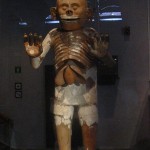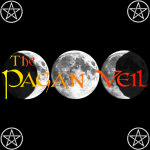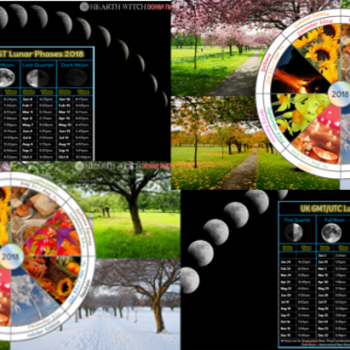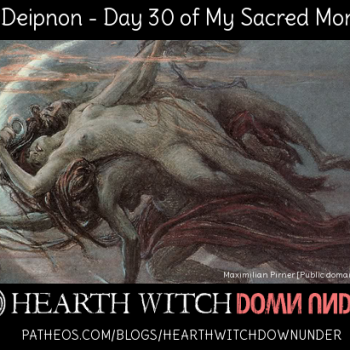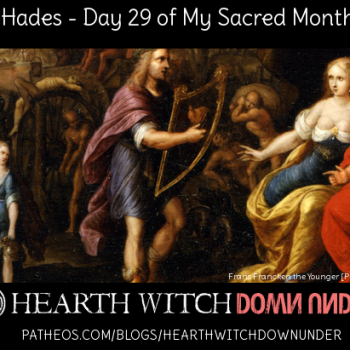Time Zones
Each lunar phase occurs at the same time world wide, which means each lunar phase occurs at different local times, according to time zones. So, while the full moon might be on Monday in the US it may be on Tuesday in Australia. Indeed sometimes the date of a lunar phase may be different from one part of the US to another part of the US. This makes it important to make sure the moon calendar you are looking at is relevant for your time zone, and to adjust that calendar to your local time (daylight saving can change things).
To help you out, here are two tables showing you the dates (but not exact times) for several timezones for the full and dark (astronomical new) moons. These tables are images, so you can grab them easily to save or pin them if you want.
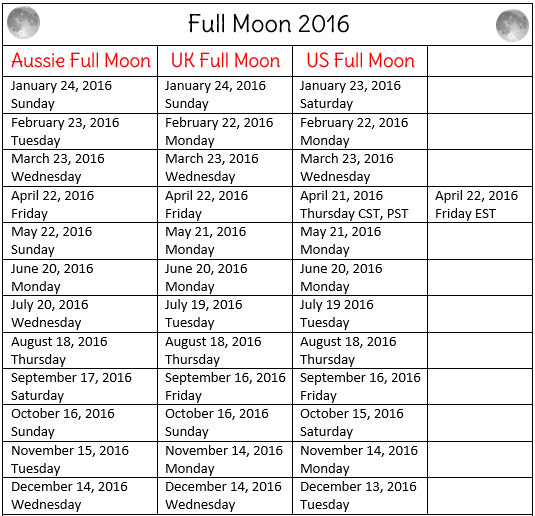
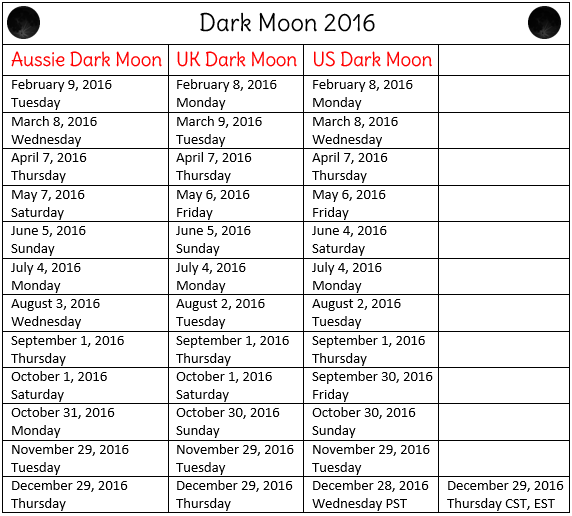
The Moon Phases In Your Own Home
I am a homeschooler, I teach little kids, so everything needs some kind of tangible hands on example. But also, when I was younger I had a misconception about the moons phases, because apparently my school education was ridiculous. I thought the dark moon occurred when the Earth was between sun and moon, and the Earth was blocking the light of the sun so the moon was dark (yes, I was thoroughly confused about how this could be when a lunar eclipse was the same thing). The full moon, therefore, was when the moon was between us and the sun, with all the suns light shining on it directly. I still think it’s kind of a logical assumption – close to the light = bright, away from the light = dark.
But of course I was wrong. 180 degrees wrong, ironically. I cannot bring myself to imagine I am the only one to have made that mistake. That would be entirely too embarrassing. So just in case you made that same mistake, or you have young kids who wouldn’t mind a basic demonstration of how the lunar phases work, I thought it would be fun to share this with you.
All you need is a TV to be the sun, a random solid object for the moon, and your (or your childs) own self as the Earth. Turn off the lights so that the only light in the room is the TV, stand in front of the TV at any distance and hold the “moon” in front of you, between you and the TV. It should be dark and shadowed, almost invisible, only visible as a dark shape blocking out some of the “suns” light. This here is the dark moon. The moon is dark because the sun is shining and thus reflecting on the side we cannot see.
Now, slowly turn around while keeping your arm at the same angle – making sure it is above your head so you don’t block the light. You should be able to see the “moon” gradually becoming more visible as you turn around. This doesn’t work perfectly, because of the angles being a bit different, so your moon will become lighter more quickly than the real moon does – appearing full before you are a full 180 degrees.
Once you are at 180 degrees, you should be able to see the object itself, not just a seeming shadow of it, including colour if it is coloured – if it’s not shiny, it may still be a little dark, but you should still be able to see it properly. This is the full moon, the sun is shining on the side that you can see, reflecting the light back to you.
Keep going so you can watch the rest of the phases until it reaches dark again.
If you don’t have a TV you can still do this with any other small or dim light source – something that doesn’t brighten the entire room, like a torch/flashlight. Something small like that would probably be even better for showing the transition of the phases a little more accurately, but it can be more difficult handling the moon and sun at the same time.
Moon Rise and Set
Moon rise, when the moon pops up above the horizon, and moon set, when the moons pops below the horizon, follows a general pattern and this doesn’t change between the hemispheres – but it’s a little bit of information that some may still find useful.
New Moon: Rises in the early morning and sets soon after dusk.
Waxing Quarter: Rises in the middle of the day, sets in the middle of the night.
Full Moon: Rises at around sunset, sets at around sunrise.
Waning Quarter: Rises in the middle of the night, sets in the middle of the day.
Dark Moon: Rises around the same time as the sun in the morning and sets at around sunset.
As you can probably tell, this means the moon rises later and later as time goes on. A waxing moon will rise during the day, the “larger” the moon gets the later it rises and a waning moon will rise during the night, the “smaller” it gets the later (or earlier for after midnight) it will rise.
This was only part 1 about the Moon. The moon phases may look different between the hemispheres, but this doesn’t really pose much of a problem for anyone, a waxing moon is a waxing moon and means much the same thing everywhere. Next week in part 2 I will be looking at something that does have some dramatic changes – the monthly full moons and the many names they have.
Hopefully this post has been of use to you, given you some information you didn’t have before. If you find anything wrong in this post please let me know so I can fix it. And of course, if you think I have neglected to add information that really should be added, definitely let me know so I can look into it.
All moon images in this post are public domain, acquired through Pixabay. I edited them all to create the Southern and Northern viewpoints, and added the small moons to the tables. Because the moons themselves are public domain, this means the images in their entirety are also public domain. You may use them as you wish, you don’t even need to attribute me – though I wouldn’t mind a link back if you’re feeling generous. The two moon calendar table images are my own creation, you can also use these as you wish.
Sources and More Info
A whole heap of lore about the moon
Moon Rise and Set Rules
Moon Phase dates, times, calendars changeable to your locale
Moon Phases
All 180 Degrees of Separation Posts
Intro Post
The Moon part 1
The Moon part 2
Wheel of the Year part 1
Wheel of the Year part 2
Wheel of the Year part 3
Cardinal Elements

